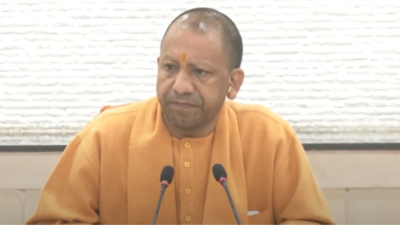Picture it: You're gearing up to make sugar cookies ( ), you open your pantry door, and the only sugar you can find is powdered sugar. Before now, you've only used it to dust the top of you made. But in your desperation, you talk yourself into using it for your cookies instead of granulated sugar.
Sugar is sugar is sugar, isn't it? Maybe powdered sugar is finer than you're used to (and it'll almost certainly get everywhere when you fire up the stand mixer), but it'll all come out okay in the end, right? Although powdered sugar tastes the same as granulated sugar, texture is just as important — and powdered sugar is simply too fine for the purposes of a cookie. While soft, melt-in-your-mouth sugar cookies are a divine indulgence, they still need to have some chew to them. Using powdered sugar will give your cookies a cakey, fluffy consistency that is nowhere near as satisfying as a more traditional texture.
The cornstarch in powdered sugar makes it difficult to control Another difference between granulated and powdered sugar is the presence of cornstarch. , which is convenient for those who just want to but much less convenient for those who want to use it as a granulated sugar substitute. Cornstarch isn't a terrible thing to have in your cookies.
In fact, it's occasionally used as a tenderizing agent. But the most important element of baking is controlling the exact amount of every single ingredient (this is why bakers use unsalted butter). If there's going to be cornstarch.


















